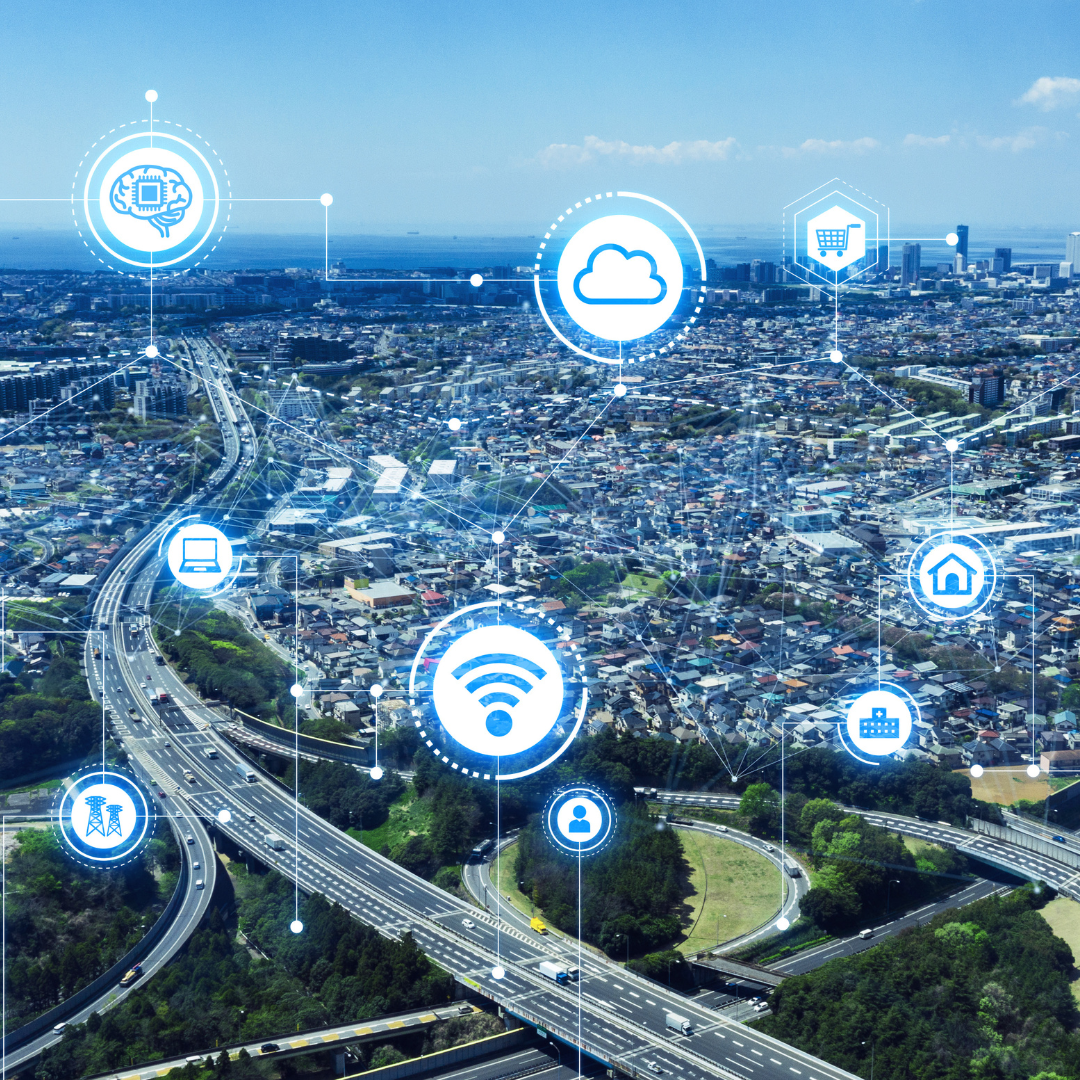Eco-Friendly Printing: How Businesses Can Reduce Waste and Boost Sustainability
2024-02-18 19:12:25

With an increased focus on environmental conservation, businesses are shifting focus to reduce waste and go green. One significant way to cut down on your carbon footprint? Rethinking your office printing solutions. From upgrading machines for printing to adopting managed print services, there’s a lot you can do to make a difference.
Here’s how to embrace eco-friendly printing practices while maintaining efficiency and professionalism.
Upgrade to Efficient Printing Technology
Outdated machines guzzle electricity and resources. Modern multifunction printers (MFPs) combine scanning, copying, and printing in one device. They’re designed for efficiency and can replace multiple copy machines with a single unit, reducing energy consumption. When considering a new printing machine, look for models with Energy Star certification. These are engineered to consume less power without compromising performance.
Thinking about costs? You can explore printer rental services or a long-term printer lease to stay updated with the latest tech without a hefty investment. Leasing or opting for a rental printer ensures you always have efficient equipment without worrying about the printer machine price.
Don’t forget to consider networked office printers for seamless connectivity across your business. With a wireless printer rental, employees can print from anywhere in the office, reducing the need for multiple devices and improving productivity.
Sustainable Paper Practices
Paper waste is one of the biggest culprits in office pollution. Simple steps can lead to big changes. Encourage double-sided printing on your photocopiers or a3 printers to cut paper use in half. Opt for recycled paper whenever possible. If you’re buying office printing equipment, make sure it’s compatible with various paper types.
Going digital? Invest in document scanners and flatbed scanners to reduce physical copies. By storing documents electronically, you save trees and reduce clutter. For essential hard copies, use photocopying machines sparingly.
Bulk printing projects? Consider bulk printing services that use eco-friendly practices. This way, you reduce in-house waste and ensure high-volume jobs are handled sustainably.
Eco-Friendly Inks and Toners
Switching to sustainable ink options can make a huge difference. Traditional cartridges are packed with harmful chemicals. Consider vegetable-based inks or refillable toner cartridges. Some laser printers and black-and-white printers now offer eco-friendly toner options. Many suppliers also provide cartridge recycling programs, making it easy to dispose of used supplies responsibly.
If purchasing a new copier machine, check if the vendor offers eco-conscious ink solutions. You’ll be surprised how much waste you can eliminate with this small change.
For high-volume businesses, printer service contracts can ensure regular maintenance and responsible ink disposal. These contracts can cover everything from printer photocopier and scanner maintenance to supply replenishments.
Smart Print Management
Ever printed something by accident or used colour when black-and-white would suffice? Enter office print management software. These tools help you monitor, control, and reduce unnecessary prints. Features like setting print quotas, restricting colour usage, or routing jobs to the most efficient photocopier machine save resources and money.
For larger enterprises, printer fleet management can optimise your entire printer leasing solution. Whether it’s a corporate printer rental or a commercial printer leasing plan, efficient management ensures minimal waste.
Need quick adjustments? Consider multi-function printer rental for temporary boosts in productivity during peak times. This flexibility allows businesses to adapt without permanent investments.
Lease, Rent, or Buy? Flexibility Matters
Purchasing a brand-new machine might not be the most sustainable option for every business. Consider rental print services or short-term printer rentals if your needs fluctuate. Renting a machine allows flexibility without long-term commitments. It’s perfect for businesses tackling temporary projects.
Need something more permanent? A small business printer lease can be cost-effective and eco-friendly. Leasing lets you upgrade to newer, more efficient models without worrying about disposal or the price of a printing machine. Whether it’s an all-in-one printer rental or a high-volume printer rental, there’s an option that fits your needs.
Exploring printer lease solutions can also provide access to advanced features like office printer installation and office printer supply services.
Promote a Culture of Sustainability
Technology alone can’t solve everything. Encourage your team to think green. Simple steps like printing only when necessary or using photocopiers for bulk jobs can save resources. Make use of printer scanners and photocopiers to digitise documents instead of printing multiple copies.
Train your team on the benefits of sustainable printing. Share tips on minimising waste, and make eco-friendly options the default on all office printing hardware.
Consider implementing printer service contracts that include regular sustainability reviews. These contracts can help identify new ways to reduce waste and improve efficiency.
Large Format Printing with a Conscience
If your business relies on large format printing, there are eco-friendly ways to approach it. Modern wide format printers offer efficient performance with minimal waste. Opt for wide print printers and copiers that support recycled or FSC-certified paper. These large format printers reduce environmental impact while delivering top-notch quality.
For businesses that don’t need constant access to these machines, consider a large format printer rental. Renting ensures you only use what you need, when you need it, without overconsumption.
Need precise results? Look into photo copier machines with high-efficiency features to minimise errors and reduce reprints.
Regular Maintenance for Longer Lifespan
Extend the life of your office printing equipment with regular maintenance. Routine checks and cleaning keep copier machines and multifunction printers running efficiently. Sign up for printer service contracts or office printer maintenance plans to stay on track. This proactive approach prevents breakdowns, reduces waste, and ensures your equipment remains energy-efficient.
Consider machine rentals that include maintenance plans. This way, you always have well-maintained equipment without the hassle of scheduling repairs.
Conclusion: Small Changes, Big Impact
Sustainability in printing isn’t about a single big move. It’s a collection of smart, intentional choices. From upgrading your business printer solutions to embracing printer leasing, every step contributes to a greener workplace. Whether you opt for a printer on rent or invest in the latest laser photocopier machines for sale, the goal remains the same: reduce waste, save money, and protect the planet.
By combining modern technology, sustainable practices, and a commitment to greener operations, businesses can lead the way in eco-friendly printing. Let’s print smarter, not harder, and pave the path toward a more sustainable future.
Ready to Make a Change?
Explore flexible printer rental for businesses, innovative managed print services, and energy-efficient office printer leasing solutions today. Let’s transform your printing habits together!


